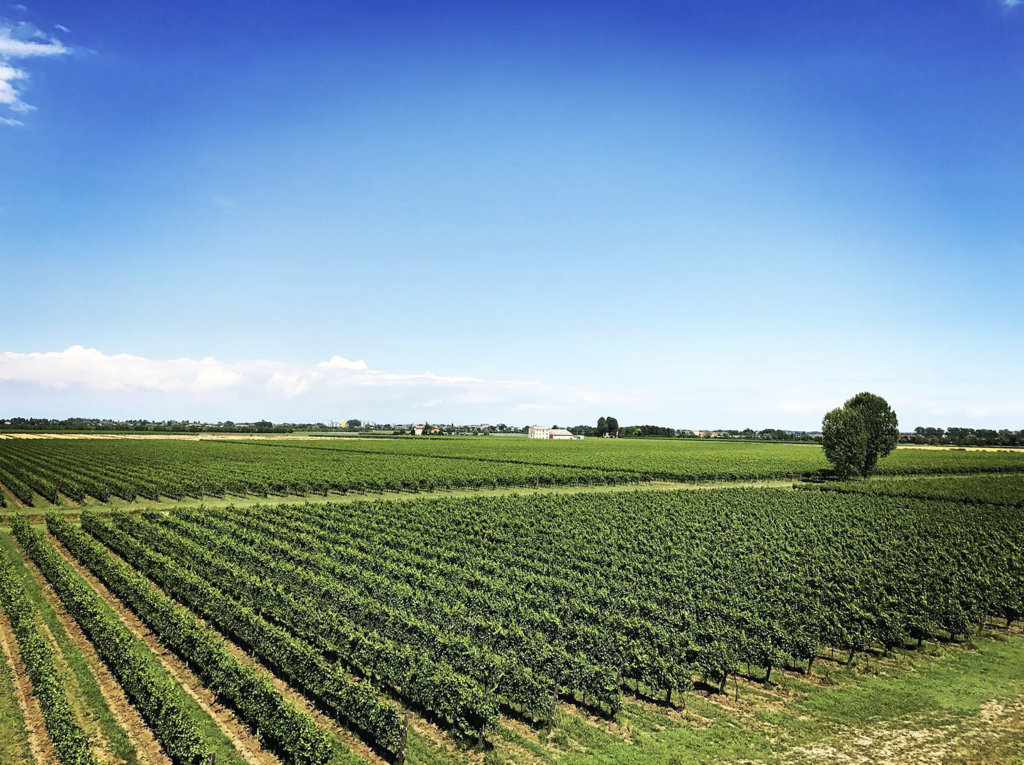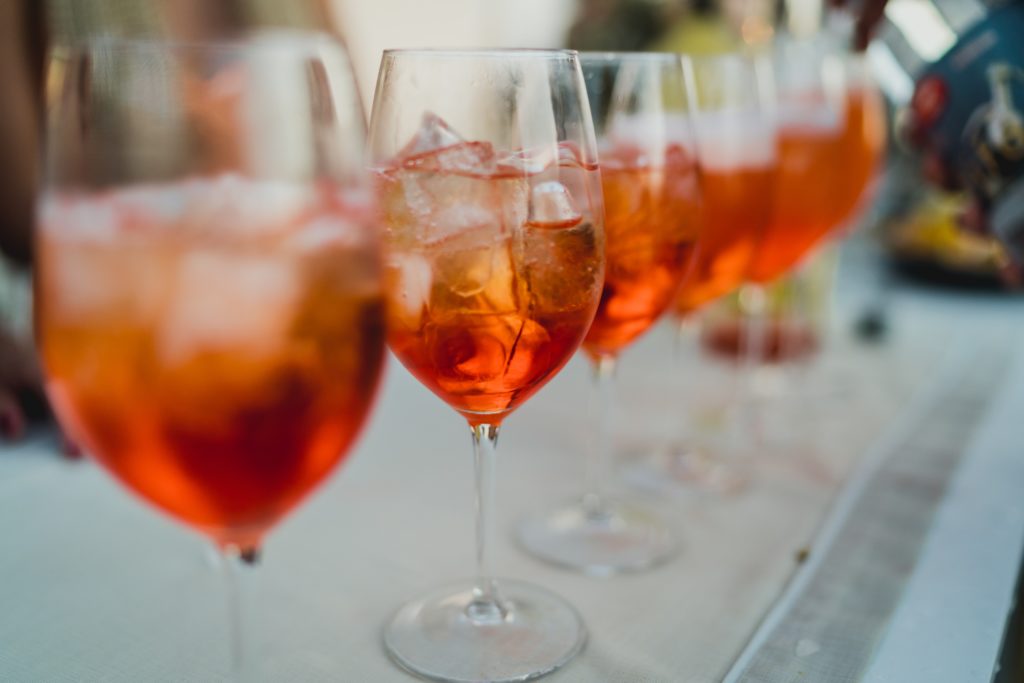Dive into the world of Prosecco with Sea Change
10/8/2021
A bottle of bubbly features fairly heavily over here as we love the celebratory nature of popping a cork and sharing a glass of fizz with friends. Whatever you’re celebrating.
To mark National Prosecco Day this week, we asked the good people over at wine brand Sea Change to fill us in on all things Prosecco and how they developed theirs.
A decade or so ago, you’d struggle to find Prosecco on the wine list in your local restaurant or on the shelves in the supermarket. Today it couldn’t be more different, with Prosecco being the sparkling wine of choice for so many of us. Sea Change Wine’s Debbie Turner looks at the reasons for its meteoric rise and what’s coming next…
Prosecco today is established as a firm favourite among the nation’s drinkers. In fact, the UK is the largest market in the world for Prosecco, importing over a third of all the Prosecco shipped worldwide – that’s approximately 131 million bottles per year!
But this hasn’t always been the case. The financial collapse of 2008 was the springboard to Prosecco’s rise up the charts. With belts being tightened, consumers were looking for something to bridge the gap between expensive Champagne and cheaper sparkling wine alternatives. The distinctive taste of Prosecco appealed to consumers looking for something soft and incredibly drinkable. Combined with Italian style, the increase in quality of the product itself and a much more affordable price than Champagne, Prosecco slowly but surely became the byword for sparkling wine.
That’s not to say that Prosecco is a new wine – in fact it’s quite the opposite. Prosecco hails from North-Eastern Italy, a winemaking area for millennia. The Glera grape, which is used to produce Prosecco, is believed to be Slovenian in origin and is thought to have been cultivated in the vineyards of Prosecco, a small village near the border with Slovenia.
According to EU law, today Prosecco can come from just two regions of Italy: Veneto and Friuli-Venezia Giulia, and bottles must carry a DOC label (Denominazione di Origine Controllata). The DOC covers over 35,000 acres and includes major cities like Venice, Verona, and Trieste and, to obtain a DOC label, the wine must be made in adherence to strict rules in growing and production methods, as well as meet defined quality standards. It is the unique regional geography and microclimate of these two regions that help produce Prosecco’s characteristic fruit flavours and refreshing high acidity.
Prosecco is noticeably cheaper than Champagne, which of course plays a role in its popularity. This is partly due to the way it is produced. It has two processes of fermentation, the second of which (a key stage to creating all those lovely bubbles!) takes place in stainless steel tanks, whereas Champagne’s second fermentation period is done while the wine is bottled. It is also a much quicker process for Prosecco, taking around 30 days compared to a minimum of 18 months for Champagne.
Another factor driving our continued love affair with Prosecco is the soaring interest in Prosecco-based cocktails, with the Bellini (invented at the legendary Harry’s Bar in Venice), Prosecco Royale, and Aperol Spritz among the UK’s top cocktail tipples. Again, the affordability of Prosecco can be especially appealing if you’re using Prosecco as a mixer in your summer cocktails.
Here at Sea Change Wine, we can certainly attest to the popularity of Prosecco. We started our hunt for a Prosecco around five years ago. Company founders Simon and Ian spent a considerable (and enjoyable!) time searching the wineries of Veneto for the right Prosecco which, as well as tasting great, had to match our eco-conscious ethos.
As a company, we want to combine our love of great wine with our desire to do something to help protect our oceans. For us, that means removing the unnecessary plastic wrap around the cork, the use of renewable plant-based closures, and using label paper from certified sustainable forests, made partially from grape waste. We don’t use any plastic in our packaging and, in addition, for every bottle sold we donate to marine charities around the globe who are working to save our amazing marine environments and the animals that inhabit them.
We believe that turning the tide on the juggernaut that is plastic pollution is only going to happen if we all make changes, even small ones, and this is where the wine our customers choose can play a role.
Launched in 2019, Sea Change Prosecco has quickly become our best-selling wine. Suitable for vegetarians and vegans, it is now the proud holder of five awards, and it’s partly thanks to our Prosecco’s success that we have been able to donate over €100,000 to our charity partners to date.
With such phenomenal growth in recent years, what’s next for Prosecco to keep it the sparkling wine of choice for millions of wine drinkers around the world?
Well, following a change to the Prosecco DOC regulations in 2020, winemakers are now allowed to produce a rosé version. Previously, any drink bearing the Prosecco name had to contain 100 per cent Glera grapes. Now, producers can add a small proportion (up to 15 per cent) of Pinot Nero (Pinot Noir).
The first rosé Prosecco brands entered the UK market in November 2020 and have already proved remarkably popular. Figures from the Wine and Spirit Trade Association (WSTA) show that rosé wine was one of the biggest winners of the Covid-19 lockdowns: more than 113 million bottles were sold in 2020, up by 22 per cent in volume since 2019 and a six-fold increase since 2016.
We launched our Sea Change Prosecco Rosé earlier this year. It features the same Starfish logo as our original Prosecco – look closely and you’ll see how we’ve highlighted the threats these beautiful animals face from plastic pollution within the image.
Offering a terrific twist on one of the world’s favourite wines, it looks like it won’t take long for Prosecco’s blush cousin to join the league of best sellers. Here at Sea Change, we’ve also noted that as well as buying for themselves, many customers select our Prosecco Rosé as a gift, given its affordability with that touch of extra luxury.
“Consumers are saving champagne for the really special occasions, turning to Prosecco instead for its ability to turn any day into a special occasion”
When it comes to food pairing, both Prosecco variants are super versatile and pair well with a huge range of dishes from different cuisines. There aren’t many wines which work well enough to be served before yet also work well with the main course, but Prosecco does that perfectly.
Versatile, affordable, and delicious – we’re not sure if you need any more reason to choose Prosecco. But, just in case…a study by The University of Exeter found that drinking Prosecco can improve your memory! In the study, drinkers were able to clearly remember information better when they started drinking compared to those who did not drink. And, according to a study by the University of Reading, the increased blood flow caused by drinking Prosecco can decrease blood pressure. We’ll raise a glass to that – cheers!
Thirsty for more from Sea Change? Read more about the plastic-free, sea-loving wine brand.





